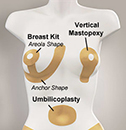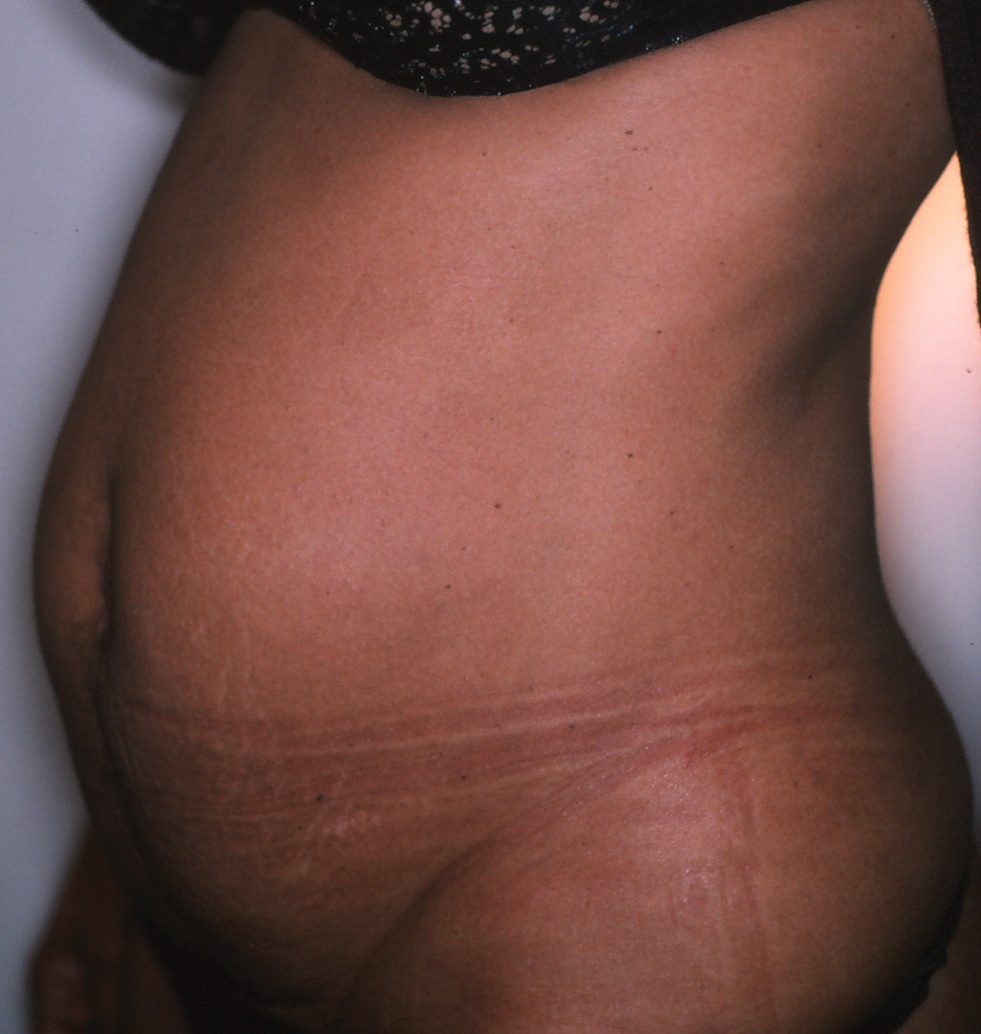Weight loss or bariatric surgery consists of a group of surgical procedures which alter your digestive system in a way that enables you to lose a significant amount of weight by reducing nutrient absorption or limiting the amount of food you can eat. When efforts at diet and exercise have failed to produce the desired weight reduction results, a person who meets the accepted screening criteria may be a candidate for bariatric surgery.
A person with a body mass index (BMI), discussed in our previous blog, of 35-39.9 is considered obese and, in conjunction with a weight-related health problem, is considered a candidate for weight loss surgery. A BMI of 40 or higher is considered extremely obese and would also be a potential beneficiary of these procedures. However, additional medical guidelines and lifestyle changes must be met to be accepted for these procedures.
Weight loss surgery requires a lifetime commitment to maintaining a healthy lifestyle. Weight related health problems that can benefit from these procedures include: heart disease, high blood pressure, type 2 diabetes, gastroesophageal reflux, and sleep apnea.
The three most widely practiced types of weight loss surgery include Gastric Bypass, LAP-BAND®, and the Gastric Sleeve.
Gastric Bypass
The smaller, upper part of the stomach is stapled, separating it from the rest of the stomach. The net result is that the amount of food you can eat is reduced. The small intestine is rerouted and connected to the smaller stomach pouch.
LAP-BAND®
A silicone rubber band is placed around the top of your stomach, creating a very small stomach pouch. When you eat, you feel full very quickly. Food slowly filters down from the smaller pouch into the lower part of the stomach and then into the rest of the digestive tract. The band can be adjusted afterwards and is reversible.
Gastric Sleeve
About 85 percent of the stomach is surgically removed in this procedure. The remaining stomach takes the shape of a tube or sleeve.
Weight loss surgery is performed under general anesthesia and can take one to four hours for gastric bypass surgery, 30 minutes to one hour for Lap-Band Surgery and up to four hours for gastric sleeve resection. Most are done using laparoscopic technique through small incisions. A hospital stay may be required.
It is best to consult a surgeon who specializes in these types of surgeries to determine your options for treatment. A good place to start is the American Society for Metabolic & Bariatric Surgery website. The procedures that can be performed to treat the consequences of large volume weight loss on the appearance of the body will be discussed in our next blog.
Tags: bariatric surgery, gastric bypass, gastric sleeve, LAP-BAND, weight loss surgery
Written by Dr. Forley on May 22, 2012





